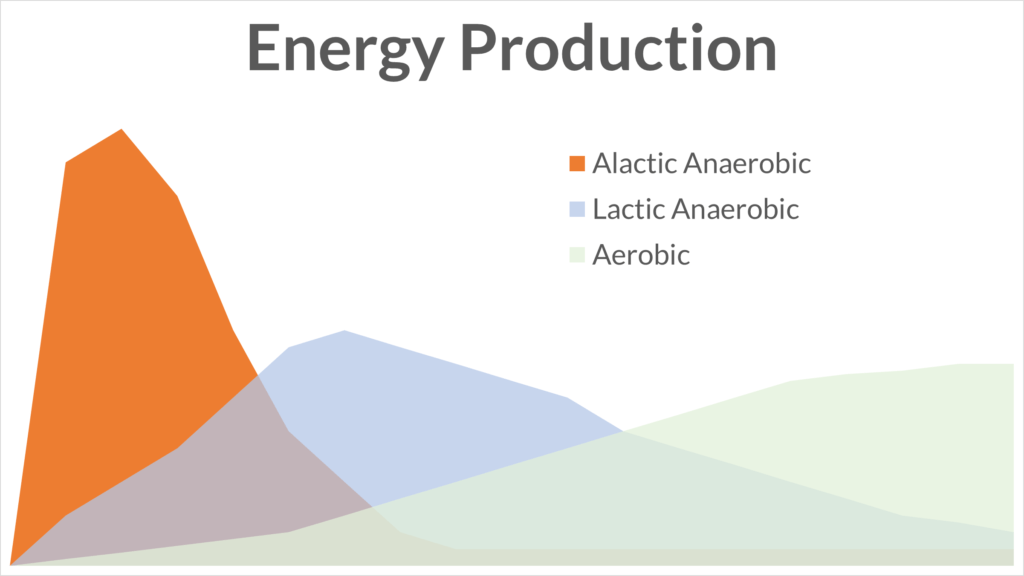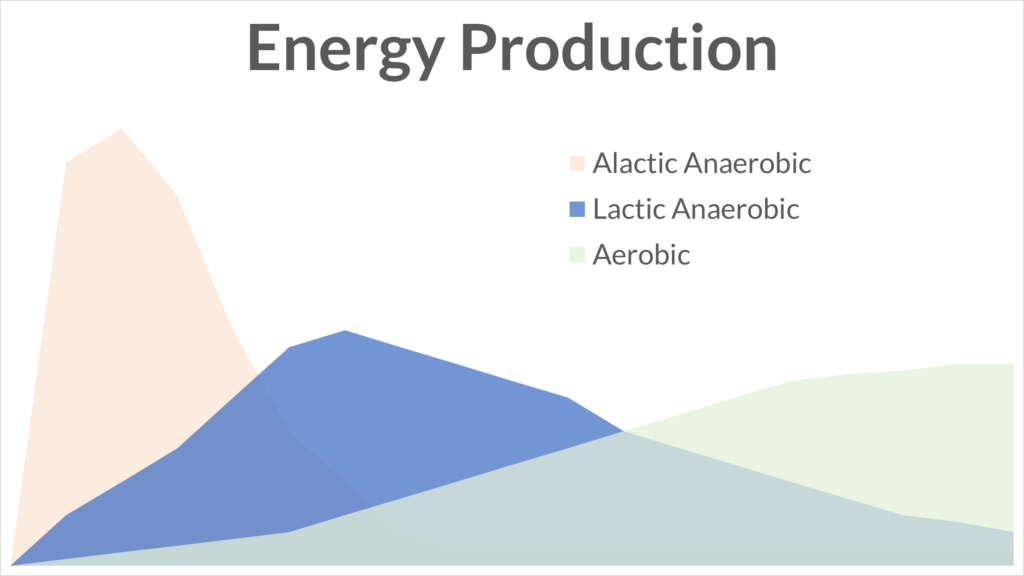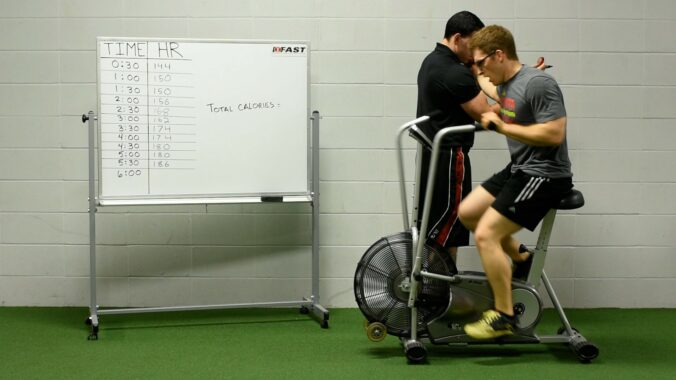If you want to improve your fitness, you should do conditioning tests.
Not only is cardiovascular fitness one of the most coveted aspects of health, but it’s also one of the easiest qualities to train. Conditioning tests are one of the ways we measure your cardiovascular fitness.
In this article, I’ll outline the conditioning tests I like to prescribe:
Warming Up
First, make you to do a whole body dynamic warm up before beginning these tests. Without it, your muscles will seize up, your body will gas out, and you’ll receive negatively biased results.
Check out my article if you need help warming up before exercise.
Selecting the Correct Exercise Mode
The “mode” of exercise is what exercise you’re doing. Not all exercises will work for these tests. You’re going to want to pick something more like “cardio” or “conditioning”. Weightlifting exercises don’t work well.
I would recommend picking the single cardio exercise you’re most comfortable with and sticking with it for all these tests.
Here are some tips on selecting the correct exercise mode for your conditioning tests:
- You should be good at it
- Your distance covered should be calculable
- The movement should be repetitive
Good examples include:
- Fan bike
- Stationary spinning bike
- Outdoors biking with GPS
- Treadmill
- Outdoors running with GPS
- Elliptical
- Rower
- Ski Ergometer
- Versaclimber
- Jacobs Ladder
- Swimming
- Skating
Bad examples include:
- Bench press
- Deadlift
- Squat
- Planks
- Sit ups
- Pull ups
Alactic Anaerobic Power Conditioning Test
You should not perform this test if you are new to exercise or have medicine or medical issues related to your heart, cardiovascular system, blood pressure, chest pain, or are otherwise at risk for stroke.
The Alactic Anaerobic Power Test is a ten second sprint as far as you can go.
This test is short because the energy system we’re examining can only supply the majority of our energy for a short time.

Measurement 1: Work Done
Work is how we’ll measure the body’s abilities. There are two common options:
- Calories (calories or Joules)
- Distance (meters or miles)
Measurement 2: Peak Power Output
When you finish your test on a machine, you should be able to hit “pause” and the machine will cycle through a few stats. If you have two stats measured in watts, then the greater of the two numbers is your peak power output through the time of the test. This number should be accurate as long as you paused right at the 0:10 mark. Record this number.
Lactic Anaerobic Power Conditioning Test
You should not perform this test if you are new to exercise or have medicine or medical issues related to your heart, cardiovascular system, blood pressure, chest pain, or are otherwise at risk for stroke.
The Lactic Anaerobic Power or Total Energy Systems Power Test is a one minute sprint as far as you can go.
This one minute all-out effort allows us to see how much energy all of our energy systems can create. The high intensity means that the aerobic system cannot keep up with the energy demands, so the lactic anaerobic system picks up the slack.

Measurement 1: Work Done
This is how we’ll measure the body’s abilities. There are two common options:
- Calories (calories or Joules)
- Distance (meters or miles)
Measurement 2: Average Power Output
When you finish your test on a machine, you should be able to hit “pause” and the machine will cycle through a few stats. If you have two stats measured in watts, then the smaller of the two numbers is your average power output through the time of the test. This number should be accurate as long as you paused right at the 1:00 mark. Record this number.
Measurement 3: Heart Rate Recovery
When you’re done, make a note of your heart rate immediately at the 1:00 mark. Then, walk around and rest for one minute and record your heart rate after the rest. Make note of the difference, also known as your heart rate recovery at one minute.
Aerobic Power and Anaerobic Threshold or Lactate Threshold Conditioning Test
If you are NOT cleared for exercise by your doctor, then you should NOT do this.
This Anaerobic Threshold Test is also examining your “aerobic power” or how much energy your body can make without fatiguing.
Your aerobic system is the most prolific and trainable energy system in your body.

There are a couple ways to perform this test.
- Lab setting
- Gym setting
Option 1: Lab Setting
This is the “ideal scenario” where you do a cardiac stress test. You’ll be hooked up to machines that measure your heart rate, blood pressure, and oxygen consumption. You’ll gradually increase the intensity of exercise, usually on a treadmill or bike, until you can no longer continue.
This method is highly involved, so I usually recommend doing something simpler.
Option 2: Gym Setting
This is the “realistic scenario”. We’re going to perform what’s known as a Modified Cooper Test. The Cooper Test was originally developed as a 12-minute run, but is being modified here so that we don’t have to spend quite as much time during the test. This is simply an approximation. If knowing your true anaerobic threshold is important to you, get a stress test done in a lab.
Measurement 1: Work Done
This is how we’ll measure the body’s abilities. There are two common options:
- Calories (calories or Joules)
- Distance (meters or miles)
Measurement 2: Average Heart Rate
We’re using your average heart rate over the six minutes to approximate your anaerobic threshold.
My suggestion is to put on a heart rate monitor and record your heart rate every 30-60 seconds. Then you can average all of those numbers after six minutes.
Measurement 3: Heart Rate Recovery
When you’re done, make a note of your heart rate immediately at the 6:00 mark. Then, walk around and rest for one minute and record your heart rate after the rest. Make note of the difference, also known as your heart rate recovery at one minute.
Example Anaerobic Threshold Test (Modified Cooper Test)
Here’s a version of the test where I measure calories instead of distance traveled on a fan bike. We take my heart rate manually every thirty seconds with the help of my good friend Tony Giuliano. This would be easier to do with a heart rate monitor, but definitely helpful to have someone standing by to record your numbers.


Add some color to this commentary.